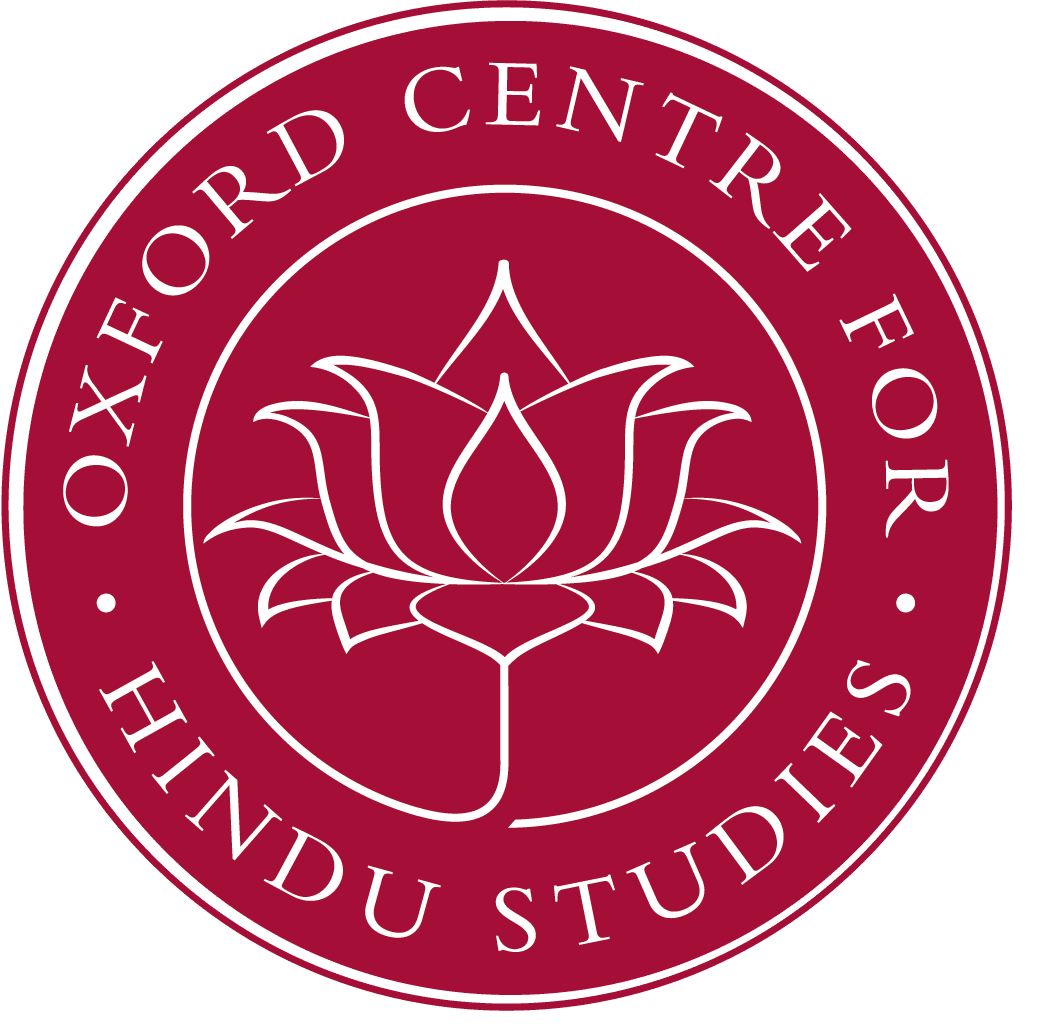The persuasive master narrative of the life of Caitanya articulated by Kṛṣṇadās Kavirāj, which was itself grounded in the weight of the Gosvāmīs’ corporate theology, eventually imposed a monologic that has effectively silenced, or at least sidelined (but did not completely eliminate) other voices. Over the last century and a half, the power of institutionalized print culture has solidified this hold. From the earliest period there were followers who celebrated the gaur nāgar bhāv,nadiyā nāgar bhāv, and sakhi bhāv, all voices that have been muffled and even on occasion attacked, while individuals who articulated sahajiyā style interpretations have been routinely marginalized. And we know, for instance, that the powerful community in Bāghnāpāḍā gave rise to a unique perspective on the life of Caitanya and his identification with Kṛṣṇa, with ritual forms appropriate to that vision. I wish to argue that the early history of the Vaiṣṇavs in Bengal is a much more vibrant exploration of intellectual and devotional possibilities than the mainstream today acknowledges. And much of the evidence can be found in the troves of unpublished Bengali manuscripts in the repositories of Bengal. I want to share a handful of examples from those unpublished works that suggest we are not done writing the early history of the Gauḍīya Vaiṣṇav community in Bengal.
Professor Tony K. Stewart retired from teaching in 2021 and is now the Gertrude Conaway Vanderbilt Chair in Humanities, Emeritus, at Vanderbilt University. Within the Hindu traditions his research has focused on the creation of the Gaudiya Vaisnava movement of the sixteenth and seventeenth centuries, the results of which can be found in his monograph titled The Final Word: the Caitanya Caritamrta and the Grammar of Religious Tradition (Oxford 2010). This work was preceded by a translation of the encyclopaedic Caitanya Caritamrta of Krsnadasa Kaviraja, which he produced with the late Edward C. Dimock, Jr. (Harvard Oriental Series, 1999). Followers of the Vaisnava traditions also recognize a figure named Satya Pir, which provided a segue into the Islamic, especially Sufi, literatures of the Bangla-speaking world (West Bengal and Bangladesh). Satya Pir, who is considered to be both an avatara of Krsna as well as a Sufi saint, represents a rapprochment of Muslims and Hindus in the plural Bengali society of the premodern period. In Fabulous Females and Peerless Pirs: Tales of Mad Adventure in Old Bengal (Oxford 2004) Prof. Stewart translated eight tales out of several hundred, each focused on the ways women, aided by Satya Pir, keep the world ordered in the wake of male-generated chaos. That literature prompted him to write Witness to Marvels: Sufism and Literary Imagination (California, 2019), which examines the ways the Islamic imaginaire has insinuated itself seamlessly into a Bengali consciousness through fictional heroes who extend their help and protection to anyone regardless of sectarian affiliation. This work was awarded the Ananda Kentish Coomaraswamy Book Prize of the Association for Asian Studies in 2021.Unabridged translations of many of those tales appear in Needle at the Bottom of the Sea: Bengali Tales from the Land of the Eighteen Tides (California, 2023). His current work focuses on alternative communal narratives in the first centuries of Gaudiya Vaisnava history.
